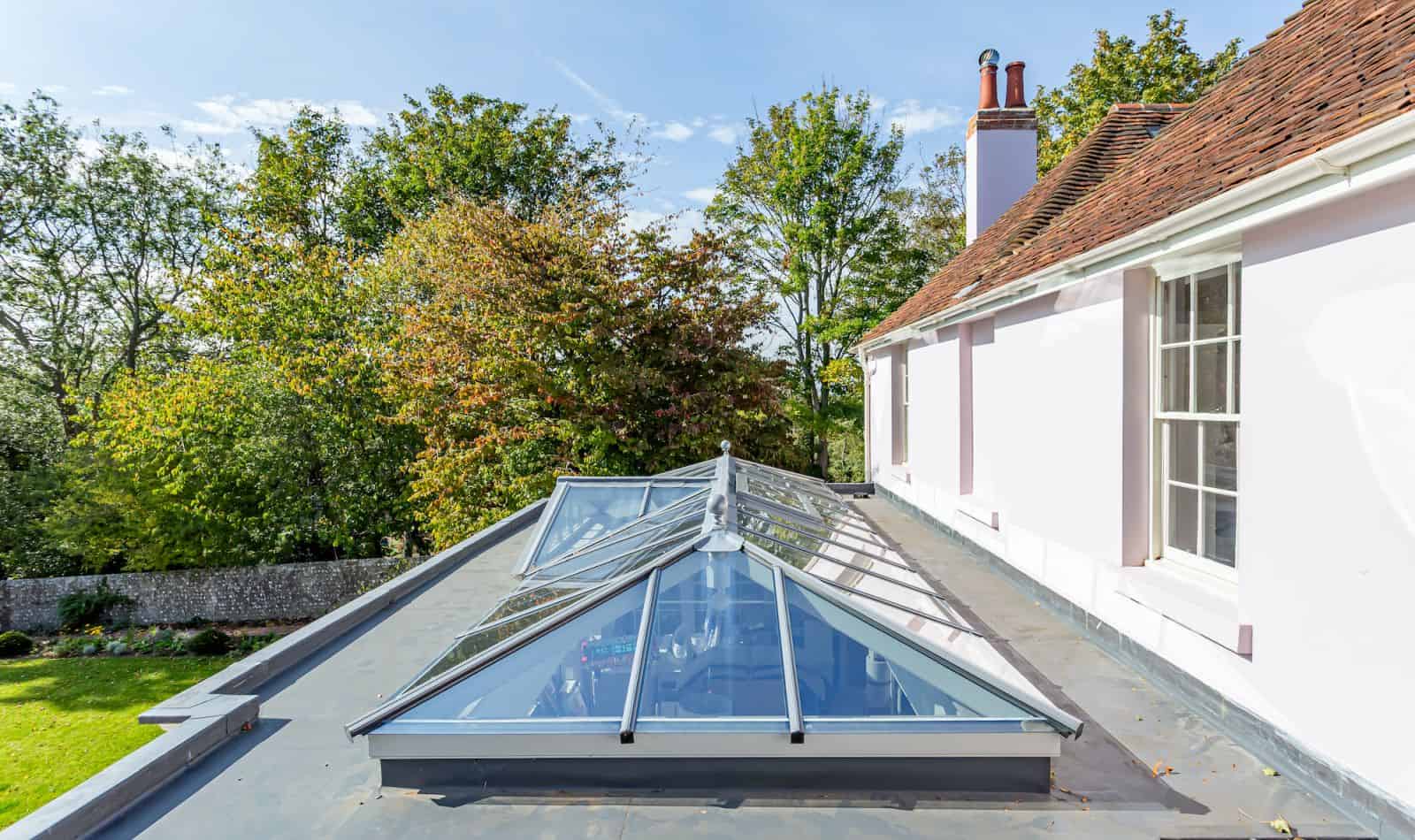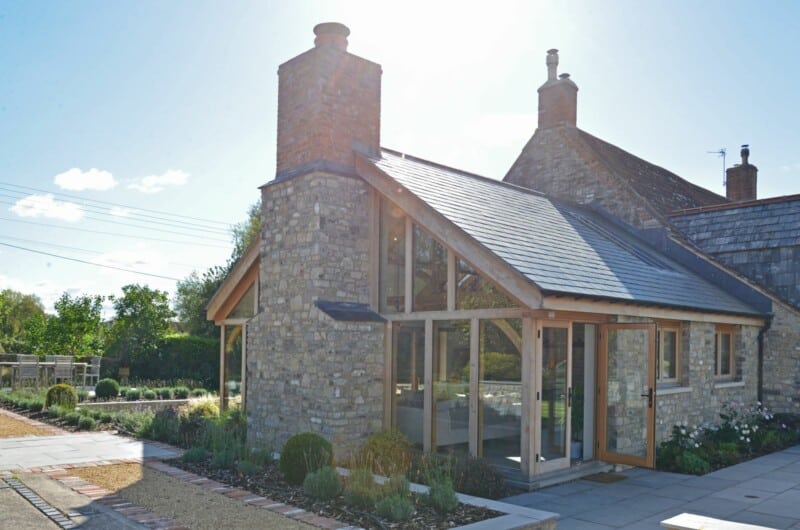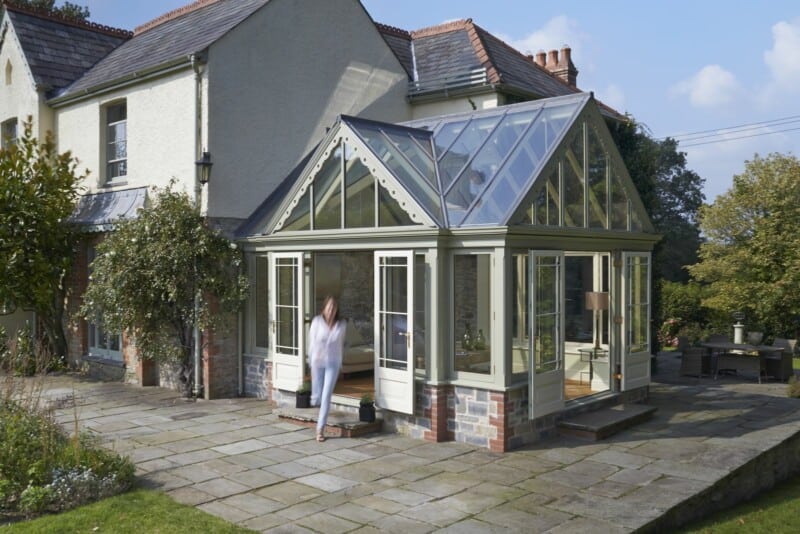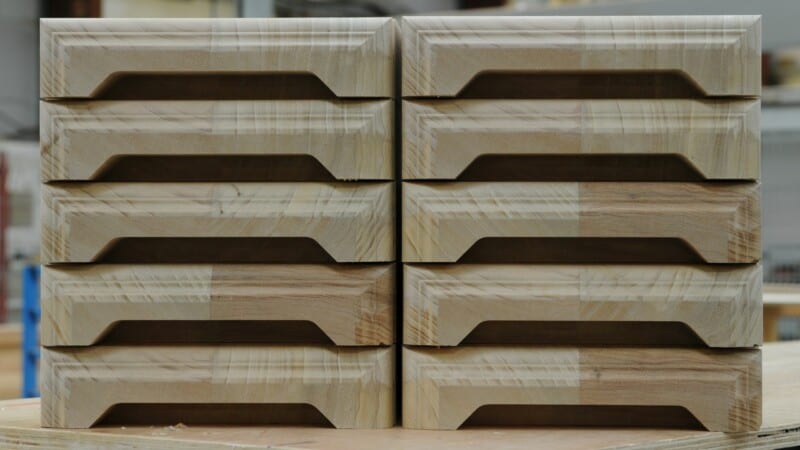There is a huge amount written about modern glazing systems and their performance, but this handy guide will pick out the most important points.
To go back to basics, there are a number of scientific terms that describe the properties that you will want to balance against cost to get the best performance for your home, and you need to distinguish generic terms such as ‘Low E’ (short for low emissivity) and proprietary names such as ‘K Glass’ (a Pilkington trade mark for a type of Low E Glass).
THE PROPERTIES OF GLASS
The U-value indicates the rate of heat flow through a window as a result of a temperature difference between the inside and outside. The higher the U-factor the more heat is lost through the window in winter. The units of U-value are: W / m2 K (Watts per square metre per degree Kelvin).
U values typically range from 4.8 for an old-fashioned single glazed window, down to about 1.2 for an A rated window. So you can see heat loss can be reduced by 70% by switching to a modern ‘A’ rated window. However, insulation is not the whole story.
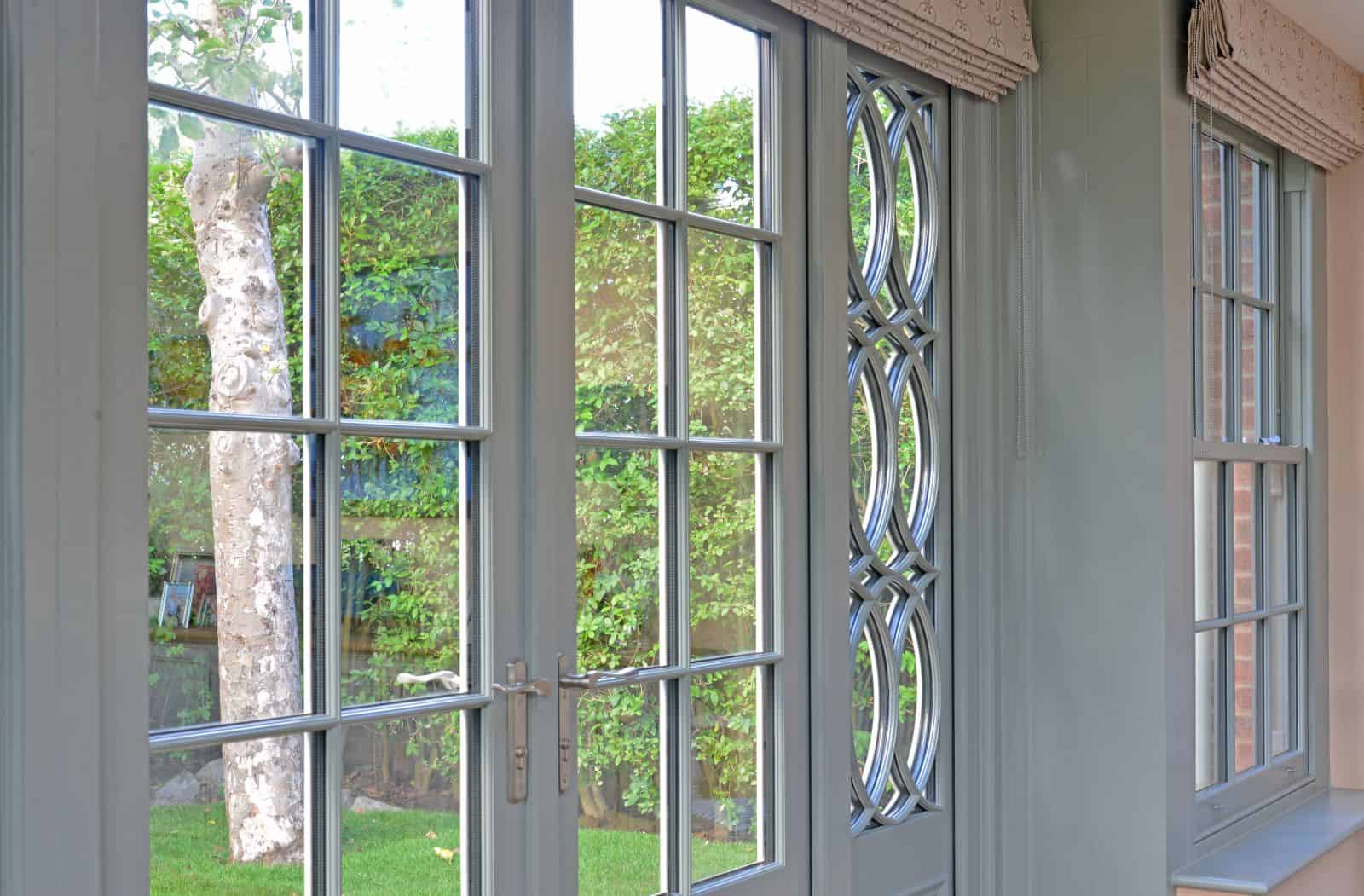
SOLAR HEAT GAIN COEFFICIENT (Shading)
Solar Heat Gain Coefficient (SHGC) indicates how much of the sun’s energy striking the window is transmitted through the window as heat.
The SHGC is a ratio between 0 and 1. SHGC = 0 means none of the incident solar gain is transmitted through the window as heat and SHGC = 1 means all of the incident solar energy is transmitted through the window as heat.
A high coefficient can be either good or bad depending on whether there is a requirement for air conditioning, or if passive solar heating is an important consideration.
This measure is an important constituent part of the rating system for windows, and especially significant where there is a large glazed area such as with an orangery or conservatory as it is a measure of how quickly (or excessively) a room will heat up in the summer if not sufficiently ventilated.
VISIBLE TRANSMITTANCE
Referring to light reduction, this is the fraction of the visible spectrum of sunlight (380 to 720 nanometres), weighted by the sensitivity of the human eye, that is transmitted. A product with a higher VT transmits more visible light. VT is expressed as a number between 0 and 1.
This measure is important but can be overlooked and we have had some clients remark about how dark the glass looks. This happens when the cost of reducing heat gain is too high in terms of lost light.
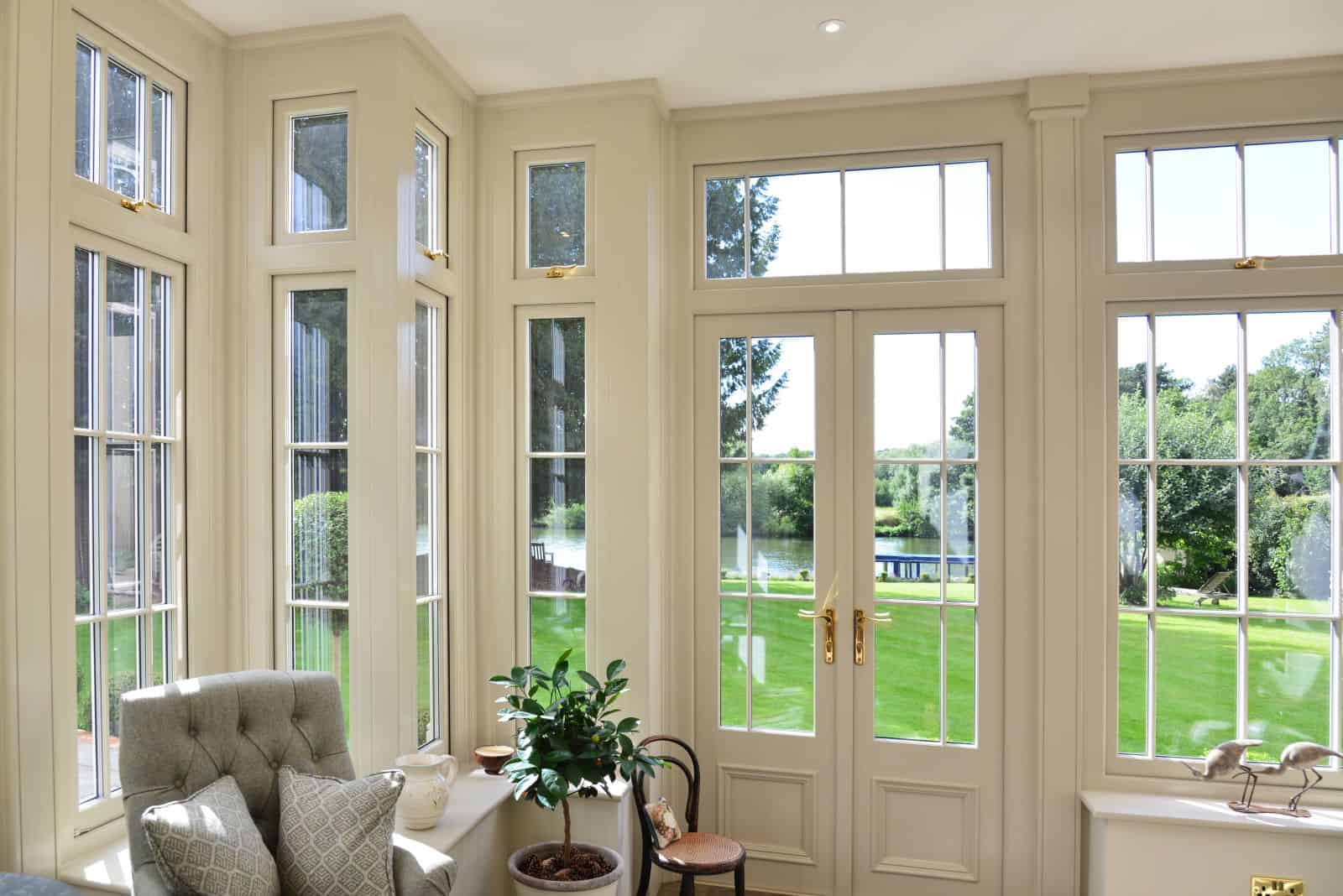
TINT (COLOUR)
Glass tints are generally the result of colourants added to the glass during production although sometimes tinting is achieved by applying a coloured film. Tints are usually selected for aesthetic purposes and will always reduce the amount of transmitted light (VT). Some tinting will also help reduce solar gain (SHGC).
